Related Research Articles

Senecio vulgaris, often known by the common names groundsel and old-man-in-the-spring, is a flowering plant in the family Asteraceae. It is an annual herb, native to the Palaearctic and widely naturalised as a ruderal species in suitable disturbed habitats worldwide.

The University of California, Riverside is a public land-grant research university in Riverside, California. It is one of the ten campuses of the University of California system. The main campus sits on 1,900 acres (769 ha) in a suburban district of Riverside with a branch campus of 20 acres (8 ha) in Palm Desert. In 1907, the predecessor to UCR was founded as the UC Citrus Experiment Station, Riverside which pioneered research in biological pest control and the use of growth regulators.
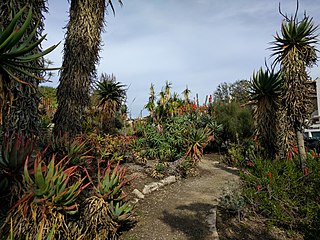
The Mathias Botanical Garden is a 7-acre (2.8 ha) botanical garden with over 3,000 species of plants, located on the southeastern corner of the University of California, Los Angeles (UCLA) campus. It is named after Mildred Esther Mathias Hassler (1906–1995), a noted American botanist. The director is Victoria Sork. It is also the only free public botanical garden in the Greater Los Angeles area.

The University of California, Riverside, Botanic Gardens are 40 acres of botanical gardens containing more than 3,500 plant species from around the world. The Gardens are located in the eastern foothills of the Box Springs Mountain on the University of California, Riverside campus in Riverside, California, US. Over four miles (6 km) of trails wind through many microclimates and hilly terrain.

The California Native Plant Society (CNPS) is a California environmental non-profit organization that seeks to increase understanding of California's native flora and to preserve it for future generations. The mission of CNPS is to conserve California native plants and their natural habitats, and increase understanding, appreciation, and horticultural use of native plants throughout the entire state and California Floristic Province.

Alice Eastwood was a Canadian American botanist. She is credited with building the botanical collection at the California Academy of Sciences in San Francisco. She published over 310 scientific articles and authored 395 land plant species names, the fourth-highest number of such names authored by any female scientist. There are seventeen currently recognized species named for her, as well as the genera Eastwoodia and Aliciella.

Elmer Drew Merrill was an American botanist and taxonomist. He spent more than twenty years in the Philippines where he became a recognized authority on the flora of the Asia-Pacific region. Through the course of his career he authored nearly 500 publications, described approximately 3,000 new plant species, and amassed over one million herbarium specimens. In addition to his scientific work he was an accomplished administrator, college dean, university professor and editor of scientific journals.
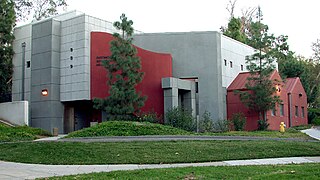
The Entomology Research Museum is the insect collection of the Department of Entomology of the University of California, Riverside. It contains approximately 4 million total insect specimens, over 3 million of which are pinned, roughly 400,000 mounted on slides, the remainder preserved in ethanol. Of the ~4 million curated holdings, approximately 75% of are identified to genus level or better. An estimated 25% of the entire collection are Hymenoptera, 21% are Coleoptera, 18% Diptera, and 18% Lepidoptera.
The University of California Citrus Experiment Station is the founding unit of the University of California, Riverside campus in Riverside, California, United States. The station contributed greatly to the cultivation of the orange and the overall agriculture industry in California. Established February 14, 1907, the station celebrated its 100th anniversary in 2007.
The UCR Insectary and Quarantine Facilities are where foreign insect and mite predators and parasites are confined and screened before propagation and release in California and the United States. This complex of facilities was first established in 1923 as part of the UC Citrus Experiment Station, and is currently managed by the University of California, Riverside Department of Entomology. The complex supports integrated pest management and biological pest control, research, and includes the Insectary, Quarantine Facility, Insect Preparation Facility, eight specialized greenhouses, a lathhouse, and storage.
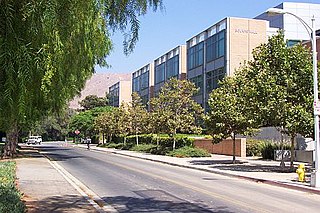
The University of California, Riverside, is organized into three academic colleges, two professional schools, and two graduate schools. These units provide 81 majors and 52 minors, 48 master's degree programs, and 42 PhD programs. It is the only UC campus to offer undergraduate degrees in Creative Writing and Public Policy, and one of only three UCs to offer an undergraduate degree in Business Administration. Additionally, UCR's doctoral program in the emerging field of Dance theory, founded in 1992, was the first program of its kind in the United States. UCR's various academic units are as follows:
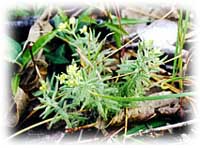
Galium californicum is a species of flowering plant in the coffee family known by the common name California bedstraw.

The Boggs Lake Ecological Reserve is a nature reserve in Lake County, California. The land area is about one quarter of a square mile and contains a large vernal pool as well as endangered plants such as the Boggs Lake hedge-hyssop.

The flora of Western Australia comprises 10,551 published native vascular plant species and a further 1,131 unpublished species. They occur within 1,543 genera from 211 families; there are also 1,317 naturalised alien or invasive plant species more commonly known as weeds. There are an estimated 150,000 cryptogam species or nonvascular plants which include lichens, and fungi although only 1,786 species have been published, with 948 algae and 672 lichen the majority.
The Bonny Doon Ecological Reserve is a nature preserve of 552 acres (2.23 km2) in the Santa Cruz Mountains of California, United States. The reserve protects several rare and endangered plant and animal species within an area known as the Santa Cruz Sandhills, an ancient seabed containing fossilized marine animals.
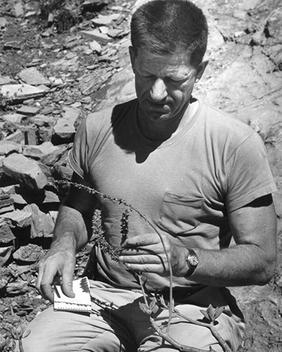
Reid Venable Moran was an American botanist and the curator of botany at the San Diego Natural History Museum from 1957 to 1982.
James Francis Macbride was an American botanist who devoted most of his professional life to the study of the flora of Peru.
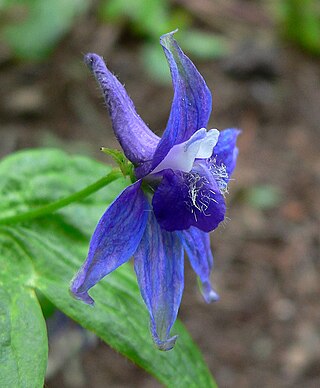
The CNPS Inventory of Rare and Endangered Plants of California is a botanical online database providing information on rare, threatened, and endangered California native plants. It is sponsored by the California Native Plant Society (CNPS).

Biological Institute of Tomsk State University in past, the faculty of Biology of TSU, one of the oldest faculties, whose work began in 1885, three years before the official opening of the university.
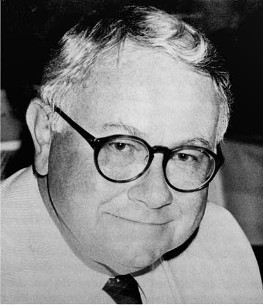
John Hunter Thomas was an American botanist, professor of biological sciences at Stanford University, curator and director of the Dudley Herbarium, and joint curator at the California Academy of Sciences. He was known for his study of plants in the Sonoran Desert, the Santa Cruz Mountains, and the Alaska North Slope, and for his history of botanical exploration in Washington, Oregon, and California. His doctoral research on the plants of the Santa Cruz Mountains was published as a guide to the vascular plants of coastal, central California, and was recognized as a standard reference work for regional flora. It was used for decades as teaching material for courses in systematic botany and the ecology of vascular plants at Stanford. Thomas helped establish the Jasper Ridge Biological Preserve and was a primary contributor to what later became the Jasper Ridge Oakmead Herbarium (JROH). In total, Thomas collected more than 20,000 plant specimens for herbaria throughout his career.
References
- ↑ "UCR Herbarium". University of California, Riverside. Retrieved 2007-11-07.
- ↑ Holt, Jodie (Winter 2001). "UC Riverside: Botanical and Related Pest Management Programs" (PDF). Noxious Times. 3 (3). California Interagency Noxious Weed Coordinating Committee. Retrieved 2007-11-07.